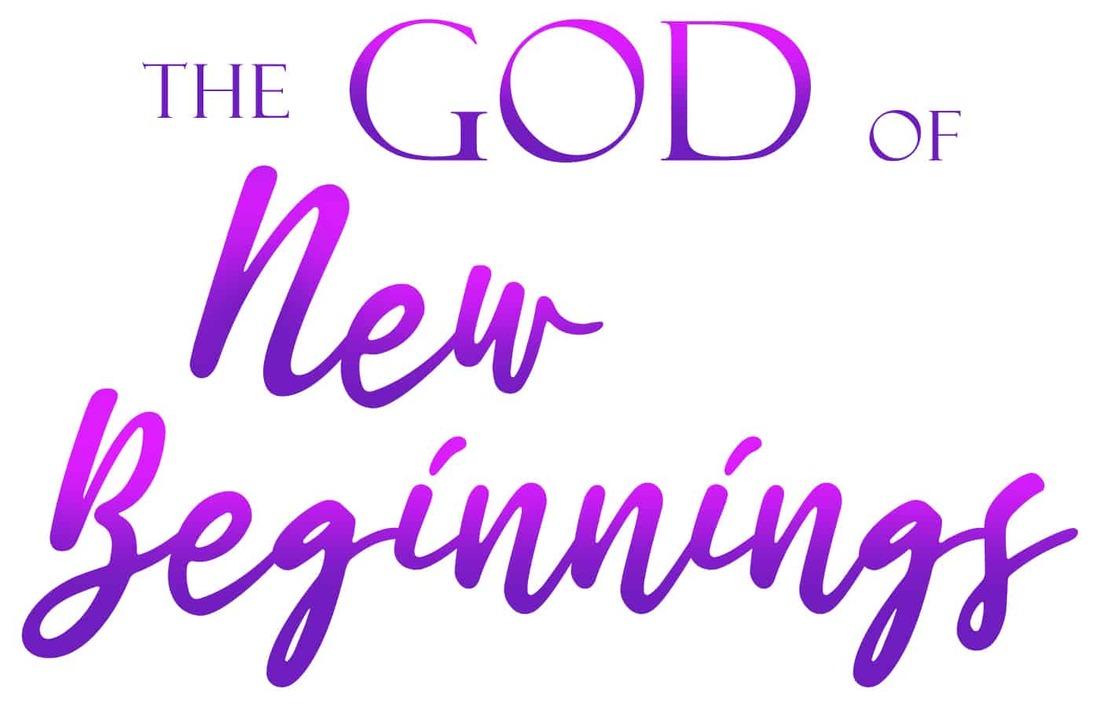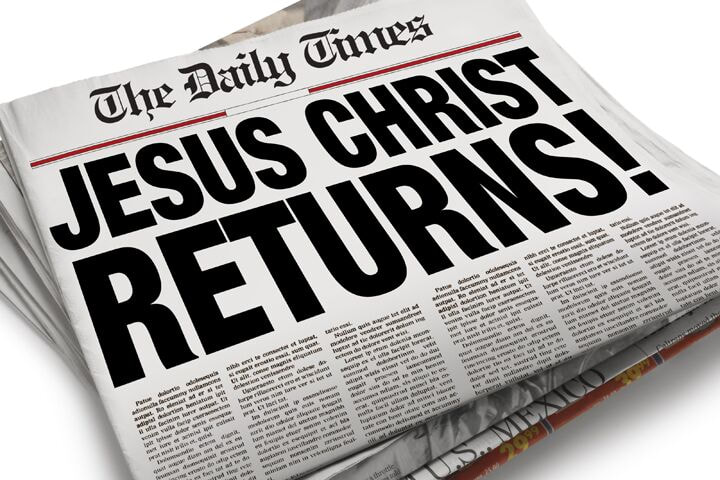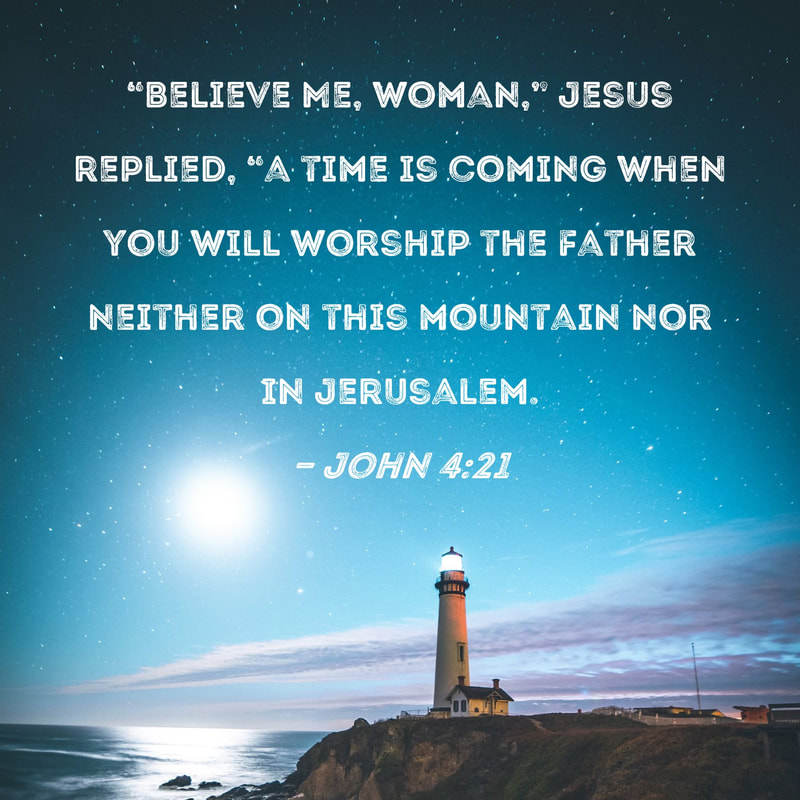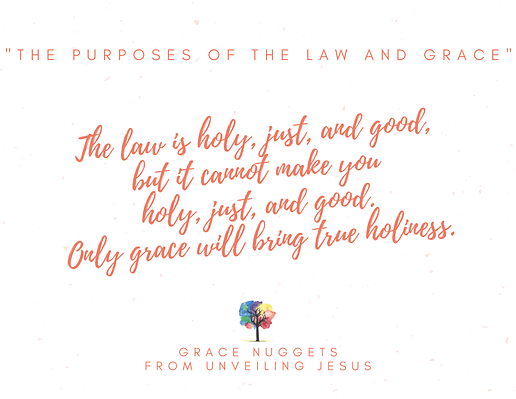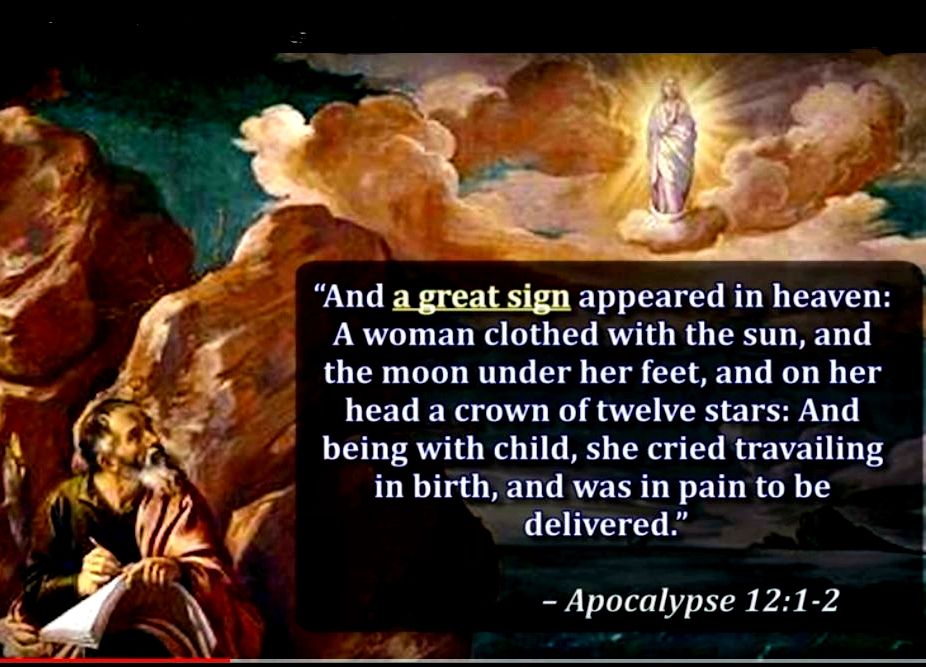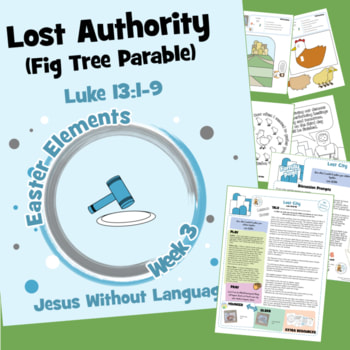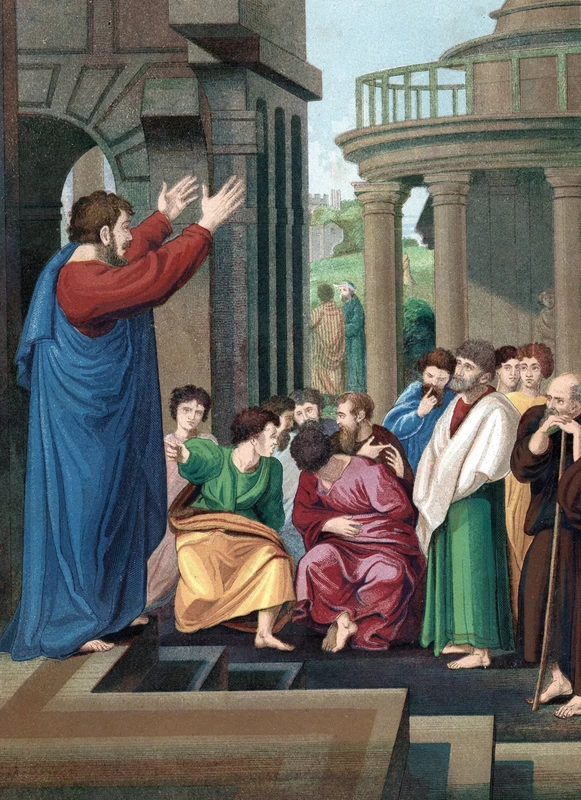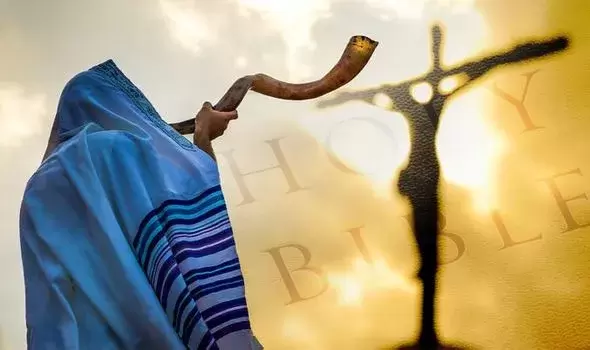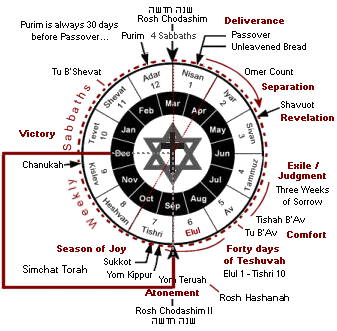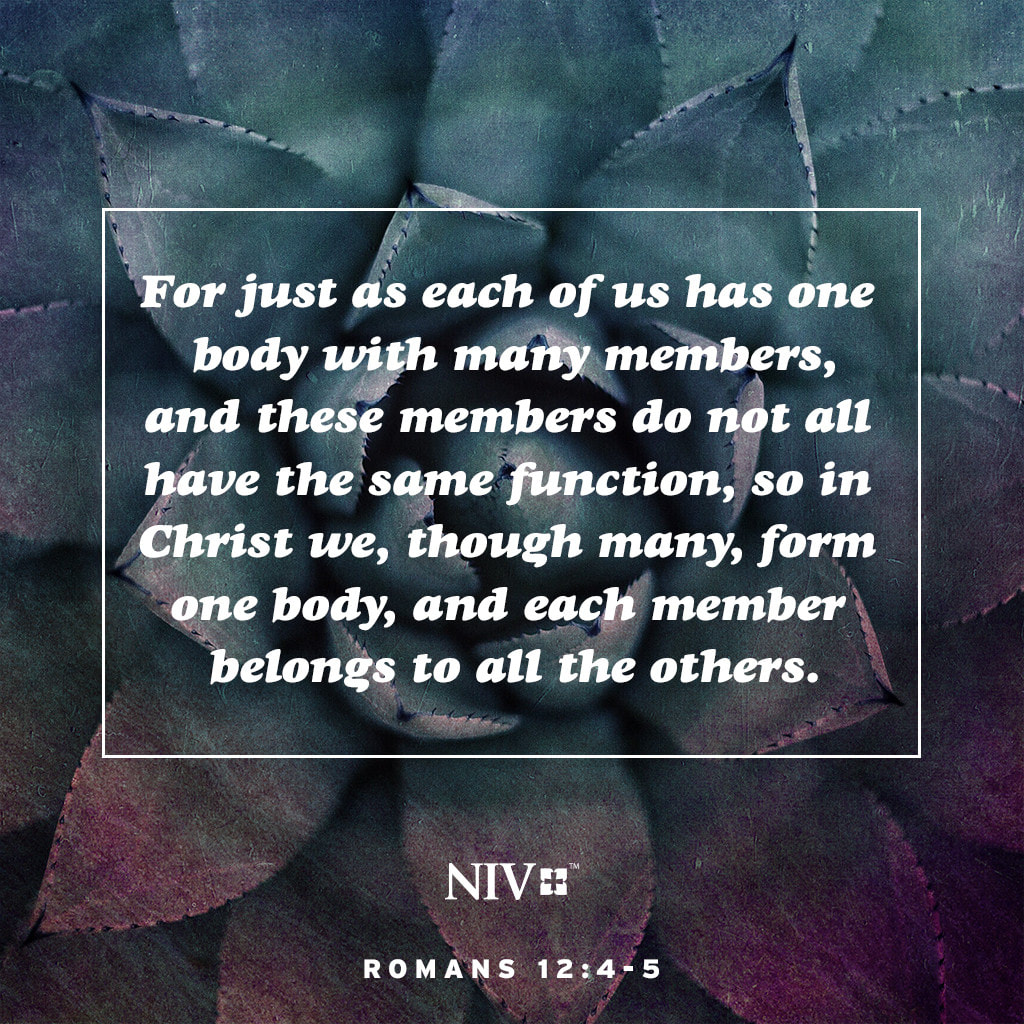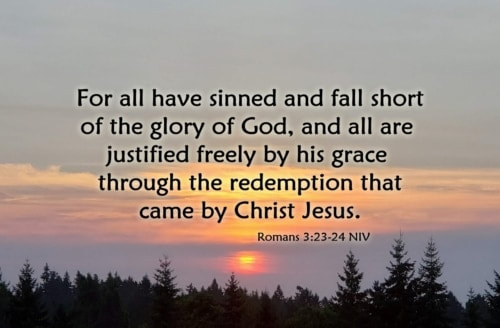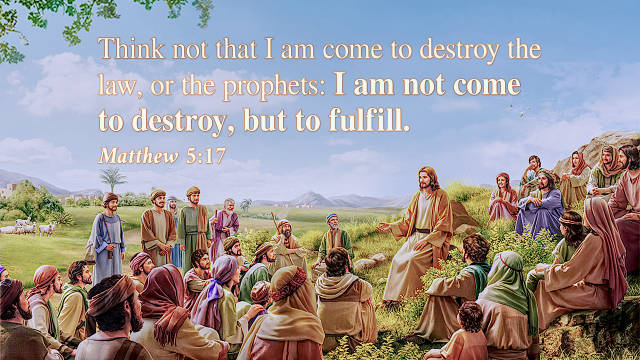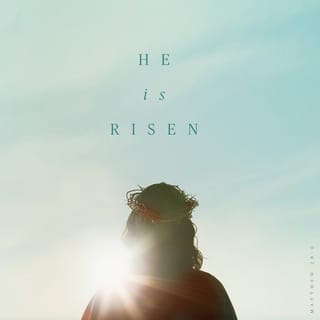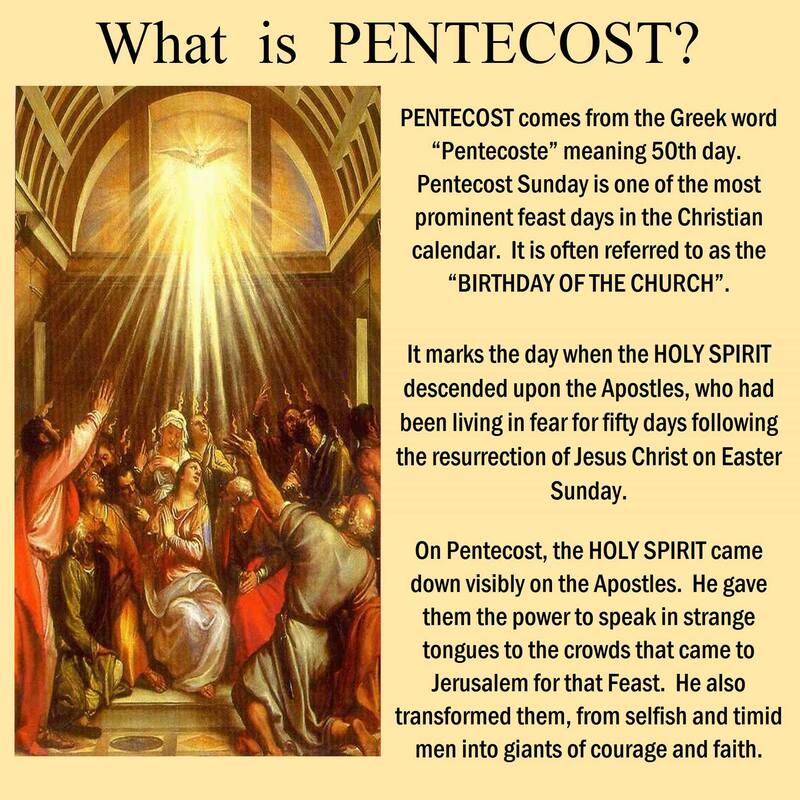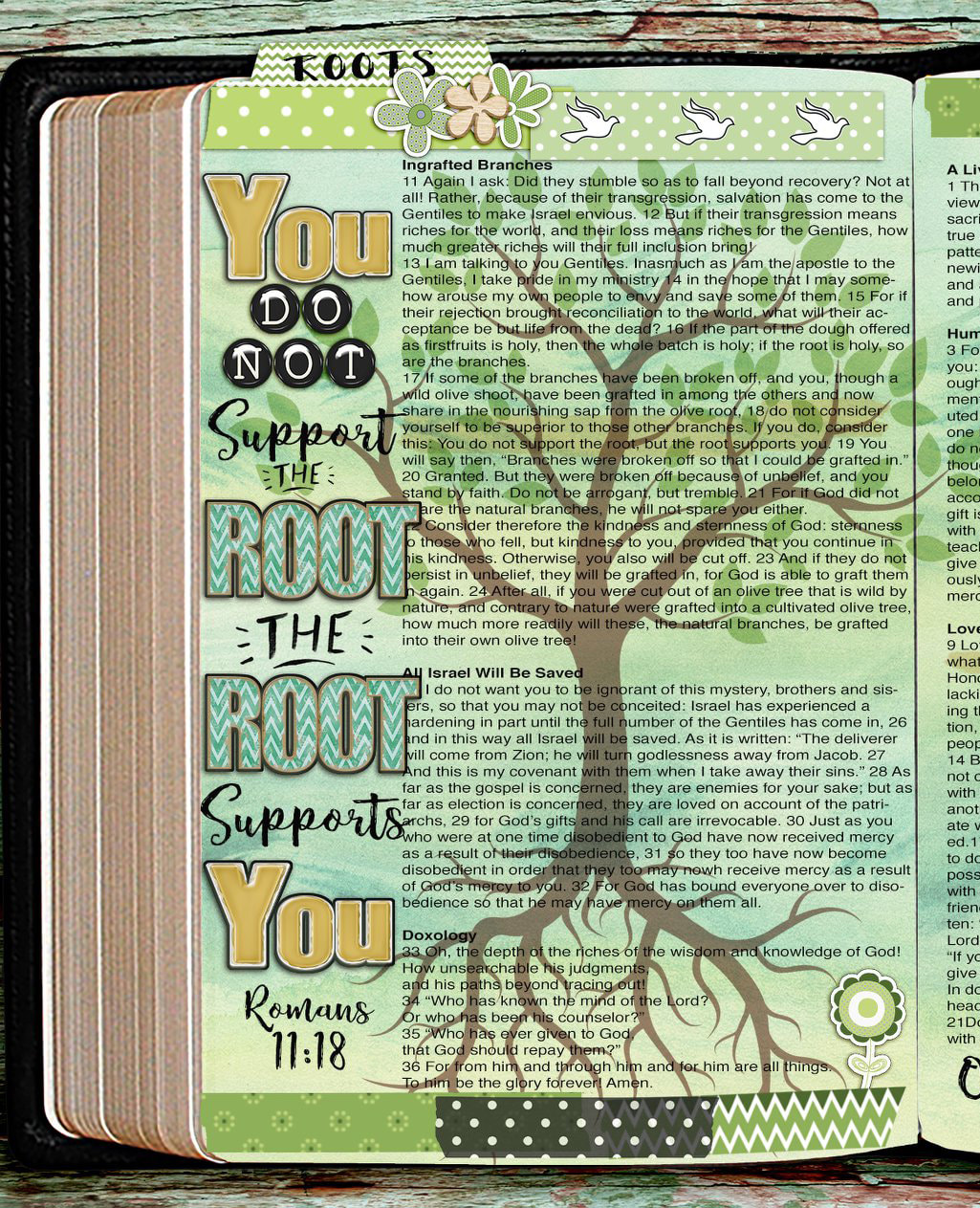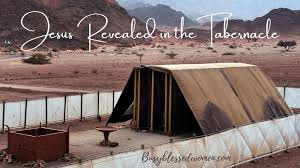Can Israel keep the Law
and\or be justified by it?
Well, even if we wanted to give it a try,
it is simply impossible.
There is no priesthood, no temple, and no sacrificial system--
all of which comprise the heart and essence of the Law.
You see, we cannot separate the
Sinai Covenant from the Law.
The laws are merely an outgrowth of the covenant;
they cannot stand on their own,
just as eating mayonnaise and mustard is pointless without the sandwich itself.
The covenant was ratified by the shedding of blood (Exod 24:8)
and was maintained by the blood of the sacrifices upon the altar (Exod 30:10).
Without the sacrificial system we are unable to keep the Sinai Covenant. All we can do is keep a few leftover laws, which are not related to the temple, the priesthood or the sacrificial system.
Moreover, while these laws continue to speak to us as inspired Scripture, many of these laws were given to Israel 3,500 years ago in order to establish a nation in the context of the Ancient Near Eastern world. If we were to establish a new nation today, we would give its people laws and rules (traffic, family, taxes, torts, civil, labor, etc.) according to their situation, lifestyle, era and location. However, many of Moses’ laws are practically impossible to keep in our day and age, due to the current reality in which we live: for example, issues concerning slavery or purification rituals are no longer relevant.
In modern terms, asking if Israel
(or anyone for that matter)
can be justified and saved by keeping the Law
is like giving someone an old laptop
without its motherboard or processor
and asking them to live their lives
with its assistance.
Even though the laptop might be able to “do” a few things (such as typing on the keyboard), there is no point without the motherboard and processor
(the blood of the covenant).
Furthermore, the new and upgraded laptop we received as a gift is meant to be the exclusive mechanism!
Perhaps you are asking yourself, “What if there were a temple today? Would Israel be able to somehow maintain and keep the Sinai Covenant and be saved by the Law?”
The answer is still no.
First,
the temple records, which included the priestly genealogies, were all destroyed with the destruction of the Second Temple. Therefore, even if there were a temple today, there is no way for us to be certain of
who could serve as a priest.
Second,
we now have the New Covenant; those who are in Yeshua are a new creation. God’s new and more complete revelation made the old pass away. In the New Covenant, we are now the temple:
"Do you not know that you are God’s temple and that God’s Spirit dwells in you?” (1 Cor 3:16).
Now, although we do not accept the authority of the Talmud as a document inspired by God, not only is it possible to learn a lot about the Second Temple period from it, but we also can see that, perhaps without intending to, the Sages of the Talmud corroborate the New Testament’s declaration that the Old Covenant is no longer functioning. According to the Talmud, when the Second Temple was still standing, the high priest would set himself apart for a week prior to Yom Kippur (the Day of Atonement) to prepare himself spiritually. During the Day of Atonement he would not sleep, but would make sacrifices—for himself first, and then for the nation of Israel. Simultaneously, the people of Israel would fast, pray and repent of the national sins before God.
It was the blood on the altar that covered
(not removed)
the national sins for another year (Lev 17:11).
This is common knowledge, but now we get to the interesting part. The Talmud says that, at the end of that day, the high priest would wait for God’s “miraculous stamp of approval,” indicating the
acceptance of Israel’s atonement.
How?
According to the Talmud, inside the temple there was a red fabric (lashon shel ze’hurit). This piece of fabric would miraculously turn from red to white as a sign to the nation that God had indeed accepted their sacrifice, that their sins would be covered for one more year. The Sages (ancient rabbis) wrote (Tractate Yoma 39b) that forty years prior to the destruction of the temple in Jerusalem (around CE 30, since the temple was destroyed in CE 70),
the red fabric stopped turning white on the Day of Atonement.
The Talmud explains that this caused much panic and distress among the priests. The words of the prophet Jeremiah should have alleviated their panic and distress.
Behold, the days are coming, declares the Lord, when I will make a new covenant with the house of Israel and the house of Judah, not like the covenant that I made with their fathers on the day when I took them by the hand to bring them out of the land of Egypt, my covenant that they broke, though I was their husband, declares the Lord. For this is the covenant that I will make with the house of Israel after those days, declares the Lord: I will put my law within them, and I will write it on their hearts
(Jer 31:31–33).
From around the year 30 CE, according to the Talmud, God no longer honored the Sinai Covenant as a way to cover Israel’s sins.
What happened to the Sinai Covenant?
The Law is now fulfilled in a new way—not by something that will merely “cover us” for a year, but by Someone who removes our sins once and for all: “For it is impossible for the blood of bulls and goats to take away sins…. And by that will we have been sanctified through the offering of the body of Jesus Christ once for all” (Heb 10:4, 10). And in case you were wondering, when Paul went to the temple in Acts 21, he did not make a sacrifice for his sins, nor did he offer a sacrifice, because he believed he was under the Law.
Therefore, in the period following the destruction of the temple, the Jewish religious leadership faced a serious problem. Unlike the first Diaspora, which would last for seventy years, according to God’s revelation through Jeremiah, there was now no prophecy with a specific time limit and Jeremiah 31 was ignored! So how do you maintain Judaism while admitting that God is rejecting your sacrificial system, without a temple and without the Messiah?
And so, what started out as a spiritual revival around the Word of God in the days of Ezra and Nehemiah, grew to be a movement idealizing applicational traditions--Pharisaic tradition was evolving into Rabbinic Judaism. This was not a new idea (Isa 29:13), declaring man-made traditions to be the way, the truth and the life. Justification for giving such authority to these human traditions was made by claiming they had actually been given to Moses at Mount Sinai (the “Oral Law”). In the sixty-five-year formative period between 70 and 135 AD, Judaism had become a religion that found is authority in the rabbis, rather than in divine revelation. The new leaders of the Jewish world in that formative period intentionally disconnected from the Bible.
This might sound harsh, but it is actually what the Talmud itself teaches. There is a famous and foundational story in the Talmud, demonstrating the new authority claimed by the Pharisaic leadership that took over the Jewish world. This story concerns an argument between the famous rabbis Eliezer ben Hyrkanus and Joshua ben Hananiah about “Akhnai’s Oven” (Baba Metzia 59b).
The argument has to do with a question raised by a man named Aknai, who had an oven made of clay; he had enlarged it by cutting it to pieces and then joining the pieces with sand to create a larger oven. The question he brought before the Sanhedrin was whether the new oven was clean (kosher) or unclean. The Talmud details that Rabbi Eliezer brought “all the answers in the world” and proved the oven was indeed clean, but the majority of rabbis, from another school of thought, did not accept his answers and claimed it was not clean. Rabbi Eliezer began trying to prove with supernatural signs that he was right—a fig tree was miraculously plucked up by its roots and replanted on the other side of the yard, the water in an aqueduct ran uphill, and so on.
Finally, Rabbi Eliezer called out, “If I am right, the heavens will prove it!” Then, God spoke audibly from heaven (bat-kol), and said, “Rabbi Eliezer is correct”! Rabbi Joshua then makes one of the most significant declarations in the Talmud: “It is not in Heaven!” (a phrase taken out of context from Deut. 30:12). By this, Rabbi Joshua was saying that God no longer makes the decisions in heaven; rather, the rabbis make them on earth. He then continues with another famous saying: “Turn aside after a multitude”! He intended this to mean that the majority rules!
Interestingly, Rabbi Joshua is quoting Exodus 23:1 in the exact opposite sense of what the verse actually means. It says:
“Thou shalt not follow a multitude to do evil; neither shalt thou bear witness in a cause to turn aside after a multitude to pervert justice.”
The Talmud continues to say that the Holy One, blessed be His name, smiles and says: “My sons have been victorious over me,” meaning that God accepts the rabbis’ authority to be greater than that of the Scriptures and greater even than Himself. Or, in Rabbi Joshua’s own words at the end of this Talmudic passage, “The Torah itself is to be uncovered not by prophets, nor even by God’s miracles or audible voice,
but by man’s interpretation and decision making.”
The Jewish world began changing dramatically, no longer under the authority of God’s Word, but rather, under independent, creative, and man-made interpretation and application. From that point on, the Rabbinical tradition is called the “Oral Law,” and is “canonized” in the Talmud, which is comprised of the Mishna and Gemara. It is imperative to understand the magnitude and breadth of the change that the Jewish world underwent, when we come to talk about keeping or adhering to Jewish tradition. In this same spirit, Paul speaks of Israel’s zeal to establish a righteousness through man-made rules.
Brothers,
my heart’s desire and prayer to God for them is that they may be saved. For I bear them witness that they have a zeal for God, but not according to knowledge. For, being ignorant of the righteousness of God, and seeking to establish their own, they did not submit to God’s righteousness.
For Christ is the end of the law for righteousness
to everyone who believes”
(Rom 10:1–4).
See also Rosh HaShanah 31b an 32a. There are also similar references in Mishna and in the Yerushalmi. Some suggest that Paul’s animal sacrifice in Acts 21:23–26 is proof that he was under the Law.
However, context is everything.
It should be noted that ceremonial “purification” did not necessarily involve atonement for personal sin. Women had to be “purified” following the birth of a child (Lev 12:1; Luke 2:22), even though the act of bearing a child is not sinful. Paul’s act of “purification,” therefore, need not suggest that he was seeking personal forgiveness by means of an animal sacrifice.What then is going on in these verses? Here was the problem: a report had been circulated widely that Paul went about constantly teaching that Jews, especially those who lived in Gentile lands, should “forsake” (apostasia, cf. apostatize) Moses. “Moses” stands for the Old Testament economy. Here he was being accused of heresy. What were they to do? How could they convince an extremely religious population that Paul was in fact an obedient Israelite? How could they do this without entering into endless explanations, arguments and a possible uproar?
They found the answer in the Nazarite vow.
Bear in mind that no law would be violated if Paul joined in this dedication service, for the temple and the authorized priesthood were both present. Indeed, much would be gained by a silent public display (a bald head) of obedience. So Paul, as a gesture of good will, agreed to their plan and rededicated himself to God along with the others. We should not read more into this incident: the Apostle Paul joined others in a dedication service to dispel any doubts and rumors. So why did Paul go to all that trouble? For the same reason he had Timothy circumcised: “because of the Jews who were in those places” (Acts 16:3).
As Paul himself said: “To the Jews I became as a Jew, in order to win Jews. To those under the law I became as one under the law though not being myself under the law that I might win those under the law” (1 Cor 9:20). Paul went beyond stating he is not under the Law by arguing that
his former life under the Law
was radically changed when he met Yeshua.
He writes: If anyone else thinks he has reason for confidence in the flesh, I have more: circumcised on the eighth day, of the people of Israel, of the tribe of Benjamin, a Hebrew of Hebrews; as to the law, a Pharisee; as to zeal, a persecutor of the church; as to righteousness under the law, blameless.
But whatever gain I had, I counted as loss for the sake of Christ. Indeed, I count everything as loss because of the
surpassing worth
of knowing Christ Jesus my Lord.
For his sake I have suffered the loss of all things and count them as rubbish, in order that I may gain Christ and be found in him, not having a righteousness of my own that comes from the law, but that which comes through faith in Christ, the righteousness from God that depends on faith—that I may know him and the
power of his resurrection
(Phil 3:4–9).
In Romans 1:16-17 Paul states his theme: the Gospel is the power of God for salvation for anyone who believes. Paul begins the letter by stating clearly the real good news is not about the emperor or the empire.
The real power for salvation comes from
God,
not the emperor or the empire.
First, humans are estranged from God, unwilling and unable to respond to the revelation of God in creation (1:18-3:20). Paul demonstrates Gentiles suppress knowledge of God even though he clearly reveals himself in creation, then argues the Jewish people are just as estranged from God because of their own rebellion. By Romans 3:20, there is no one who seeks God nor is there anyone who even tries!
Second, despite human rebellion, God has provided salvation through Jesus Christ (3:21-5:21). Paul uses a courtroom metaphor: the believer is “declared righteous” because of what Jesus has done on the cross.
The believer obtains that
righteousness is through faith, not obedience to the Law or performance of rituals.
Third, those who believe are wholly identified with the death and resurrection of Jesus, therefore they should live a new life in Jesus (Romans 6-8). Those who believe are “dead to sin.” Once slaves to sin, now slaves to righteousness, but Paul goes on to say those who are in Christ are now children of God. The ethical implication of this new relationship with God is that the “in Christ” person is to act like they are part of the family of God. This new status cannot be lost, those whom God justified he will ultimately glorify.
Fourth, someone might object to this promise of faithfulness. God made promises to Israel in the past, and they appear to now be ? as God’s people. Can we trust God when he says we cannot lose our salvation, since the Jewish people appear to have be rejected as God’s people, despite his promises in the Old Testament. In Romans 9-11 Paul shows that God is faithful to his promises, even those he made to the Jewish people. Paul constructs a detailed theological argument which shows God was not unfaithful in the past and he will act again on behalf of the Jewish people, so that “all Israel will be saved” (11:25-32).
Fifth, the “in Christ” life transforms thinking in every aspect of life. Paul describes this new life as a living sacrifice and transformed thinking (12:1-2). The gospel confronts both Judaism and the pagan world. By living out the life described in Romans 12-15 a Jewish person goes beyond the Law by exercising the law of love in every aspect of their life (very much like Jesus in the Sermon on the Mount). But Paul goes beyond Jesus to discuss how Jews and Gentiles relate to one another (the stronger and weaker in chapter 14). But the life described in Romans 12-15 subverts Roman cultural scripts as well.
The one who is in Christ
does not pursue his own honor
(like a good Roman),
but seeks to serve others.
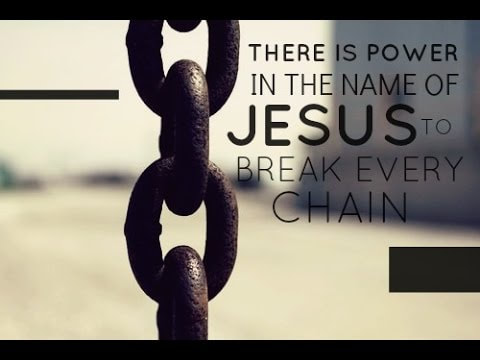





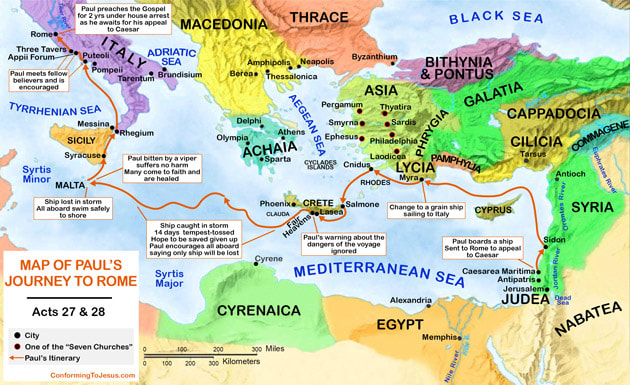
 RSS Feed
RSS Feed



